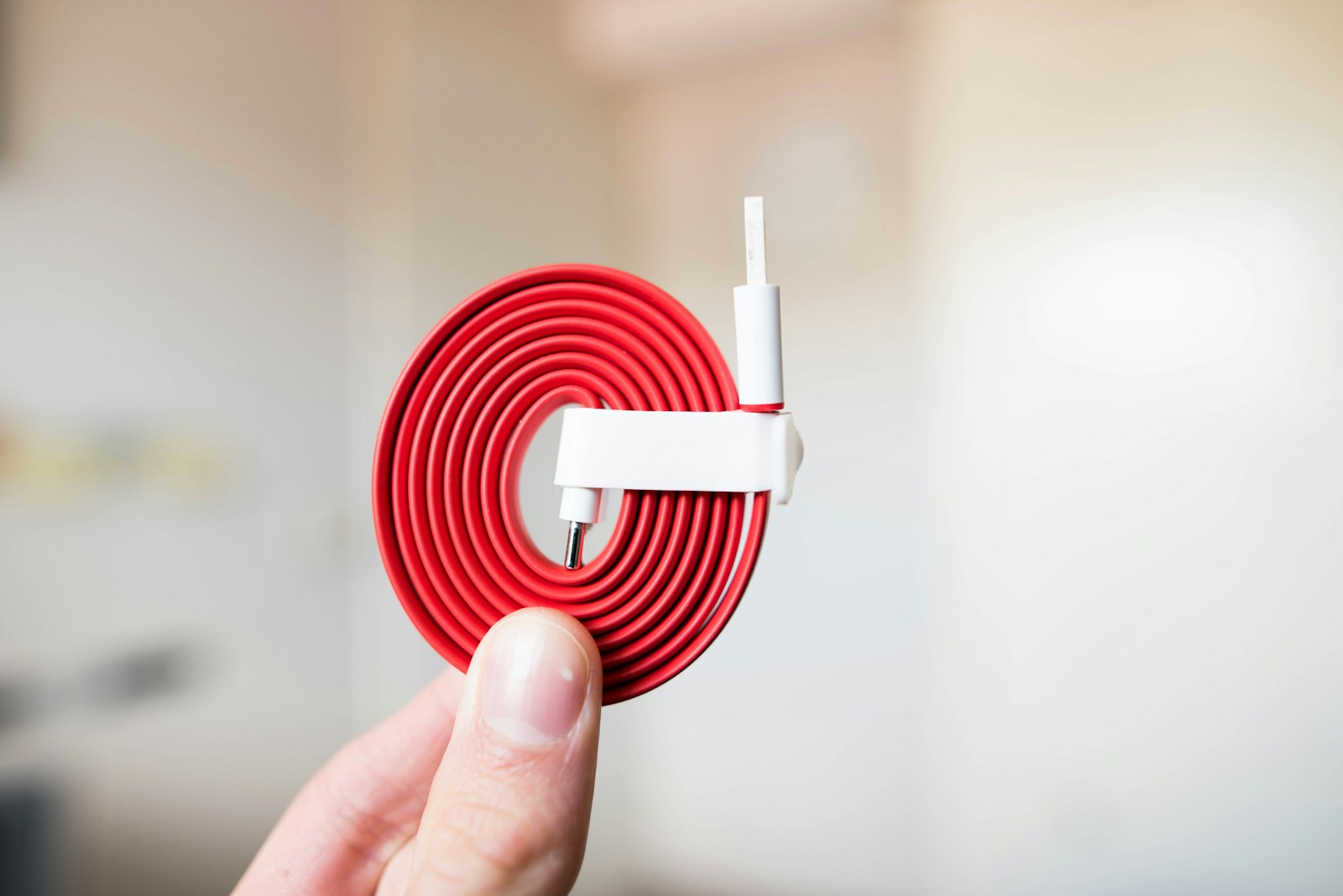Key Takeaways:
- USB-C has become a universal connector for many devices.
- It supports charging, data transfer, and display output.
- Despite its versatility, some USB-C ports don’t support all features.
- The technology is still evolving to meet its full potential.
USB-C: The Connector That Wants to Do It All
Over the past decade, USB-C has changed how we connect our devices. From laptops to smartphones, this small, reversible port has become a standard. But have you ever wondered why USB-C works so well for some things and not others? Let’s break it down.
What Is USB-C?
USB-C, or USB Type-C, is a small, oval-shaped connector. It’s reversible, meaning you can plug it in either way—no more guessing which side is up! But what makes USB-C special is that it can do a lot of things.
It can charge your phone, transfer data, or even connect your laptop to a monitor. The idea is to have one port that can handle everything. But, as great as that sounds, things aren’t always perfect.
Why USB-C Is Important
USB-C has become super popular because it’s versatile. Unlike older USB ports, it’s designed to handle multiple tasks. Here’s why it matters:
- Charging: USB-C can charge phones, laptops, and even small devices like wireless earbuds.
- Data Transfer: It can move files quickly between devices.
- Display Output: You can connect it to a monitor or TV to watch videos or work on a bigger screen.
But here’s the catch: not all USB-C ports are the same. Just because a port looks like USB-C doesn’t mean it can do all these things.
The Confusion Behind USB-C
One of the biggest issues with USB-C is that its features aren’t always clear. The physical port is just a connector. What it can do depends on the technology inside the device.
For example, imagine you have two USB-C ports. One might charge your phone fast, while the other might only transfer data slowly. Why? Because the specs inside are different.
USB-C Specs Explained
To understand why USB-C can be confusing, you need to know about the specs:
- USB Protocol: This determines how fast data moves. For example, USB 3.2 is faster than USB 2.0.
- USB Power Delivery (USB-PD): This controls how much power is sent through the port. It’s why some USB-C ports can charge laptops.
- USB-C Alt Mode: This allows the port to carry other types of signals, like HDMI for connecting to a TV or DisplayPort for monitors.
When these specs are combined, you get a port that can charge, transfer data, and connect to displays. But manufacturers don’t always include all these features.
Why Some USB-C Ports Fall Short
So why do some USB-C ports feel limited? It’s because companies can choose which features to include. For example:
- A budget phone might have a USB-C port for charging and data, but it won’t support video output.
- A high-end laptop might have a USB-C port that can charge, transfer data, and connect to a monitor.
This inconsistency can be frustrating for users who expect USB-C to do everything.
The Good News
Even though USB-C isn’t perfect yet, it’s getting better. More devices now support faster speeds and more features. The goal is to have one port that does everything. We’re close, but we’re not there yet.
What’s Next for USB-C?
As technology improves, USB-C will get faster and smarter. Imagine a world where you can plug your phone into a projector, charge your laptop, and transfer files—all through one cable. That’s the future USB-C is aiming for.
But for now, it’s important to know what your USB-C port can do. Check your device’s specs to see what features are included.
Why This Matters
USB-C is more than just a connector. It’s a step toward simpler tech. Instead of carrying multiple cables, we could eventually use one cable for everything.
Even with its flaws, USB-C has come a long way. It’s easier, faster, and more versatile than older USB versions. As it continues to evolve, it will become even better.
So, the next time you use a USB-C port, remember that it’s not just a tiny connector—it’s the future of how we connect.

